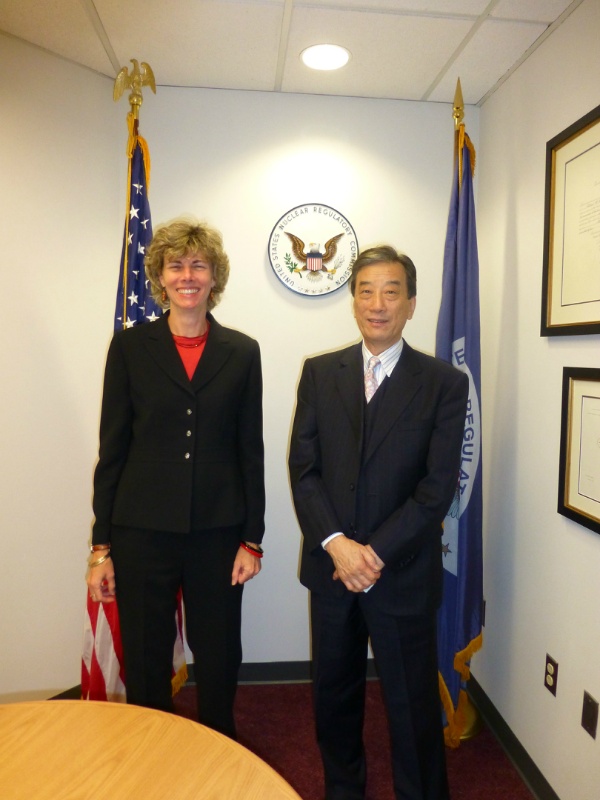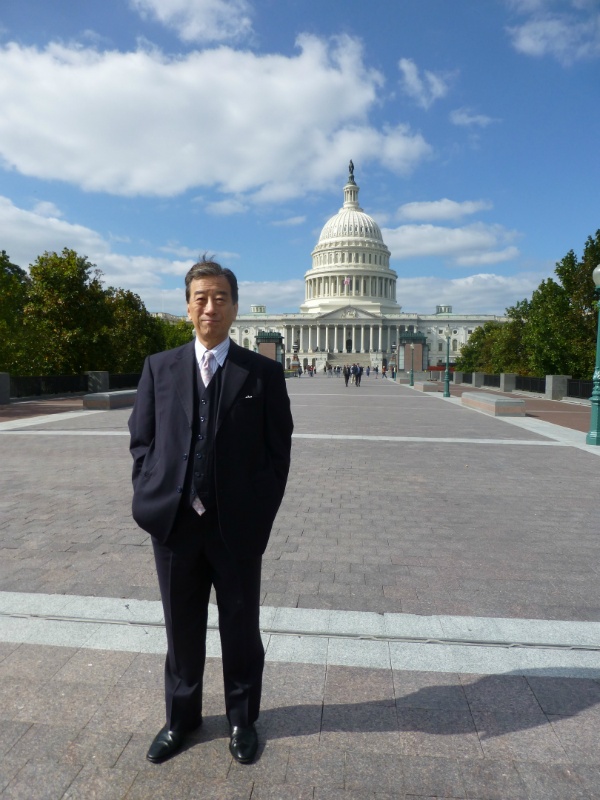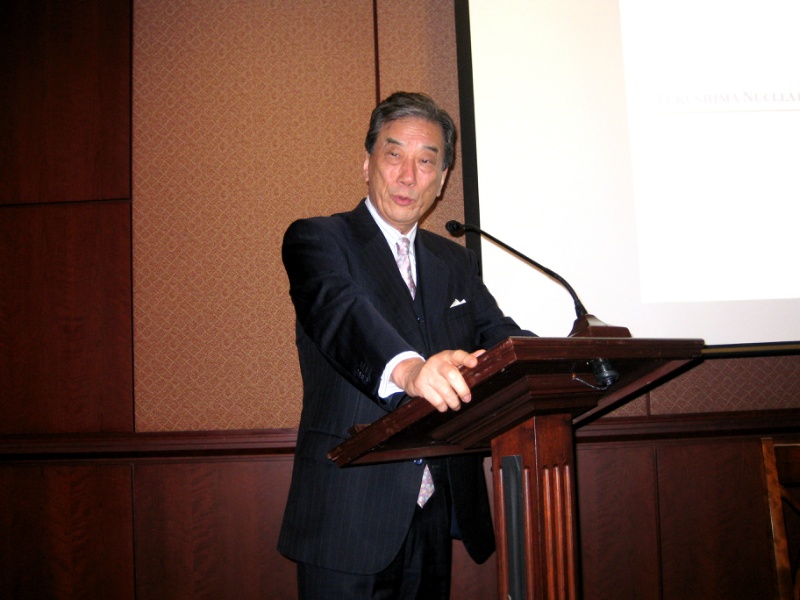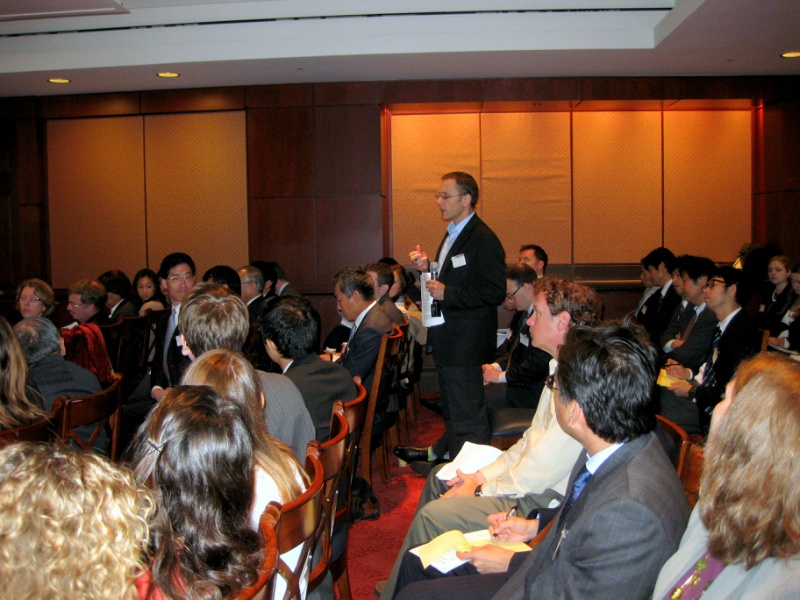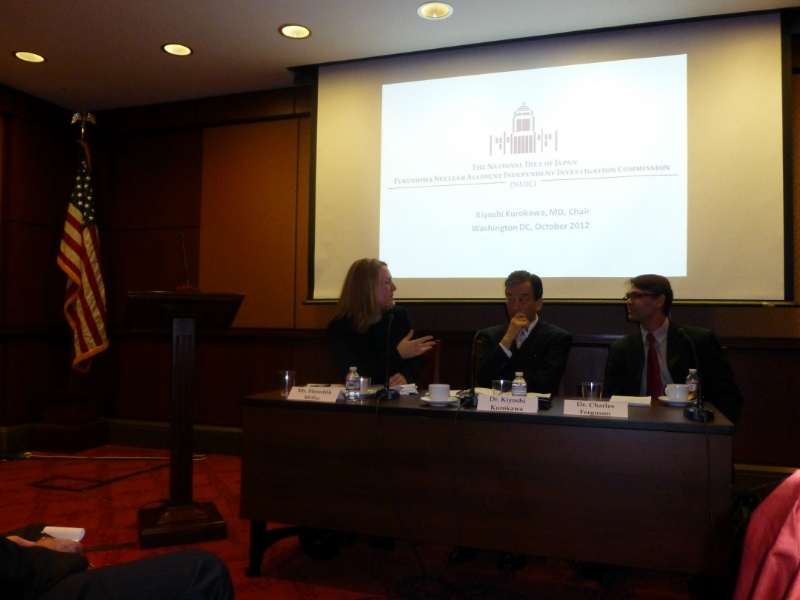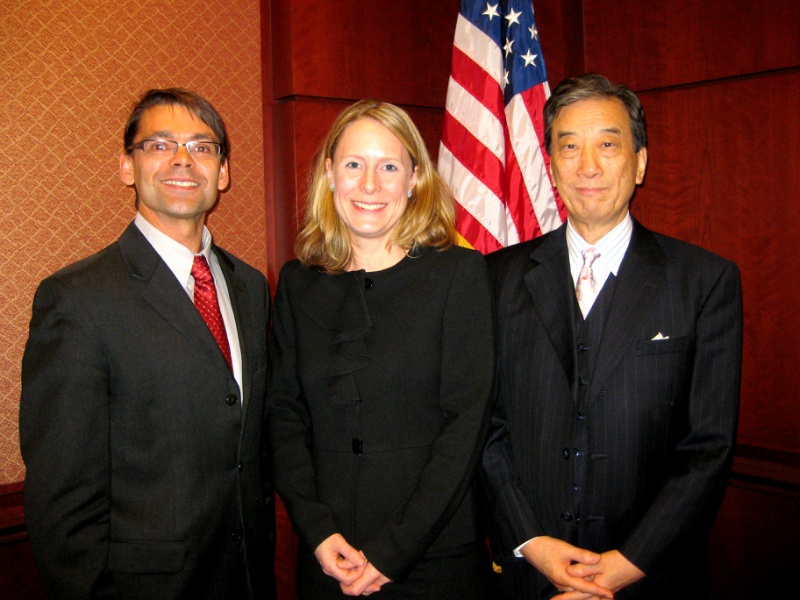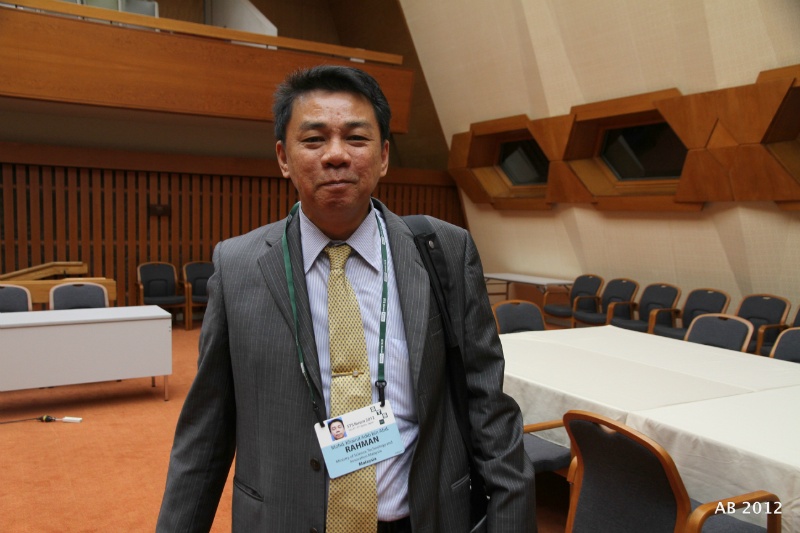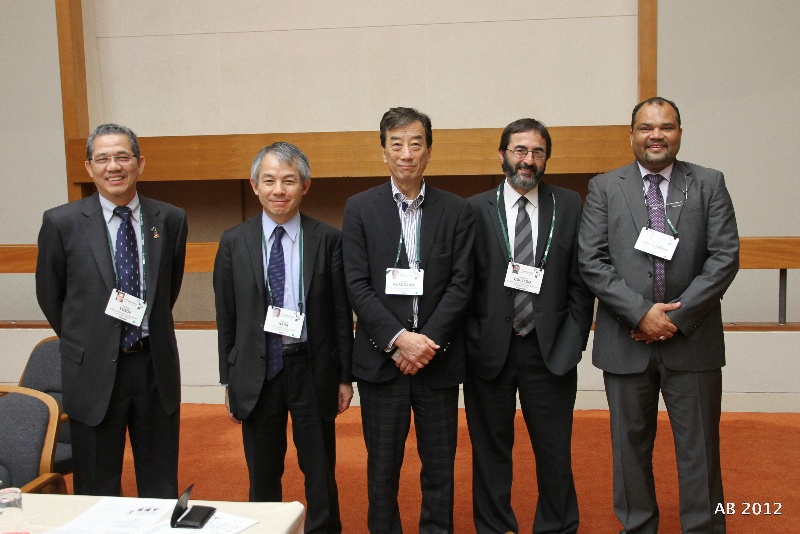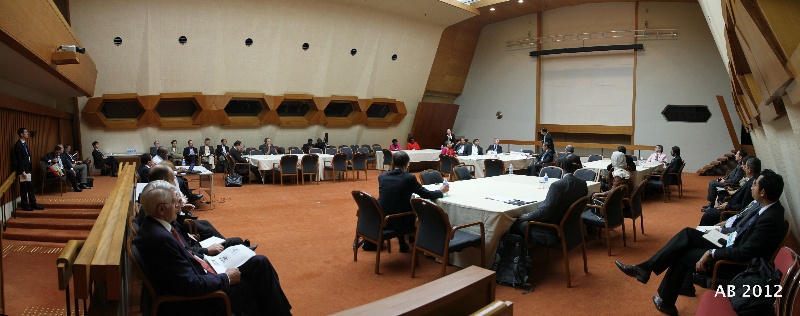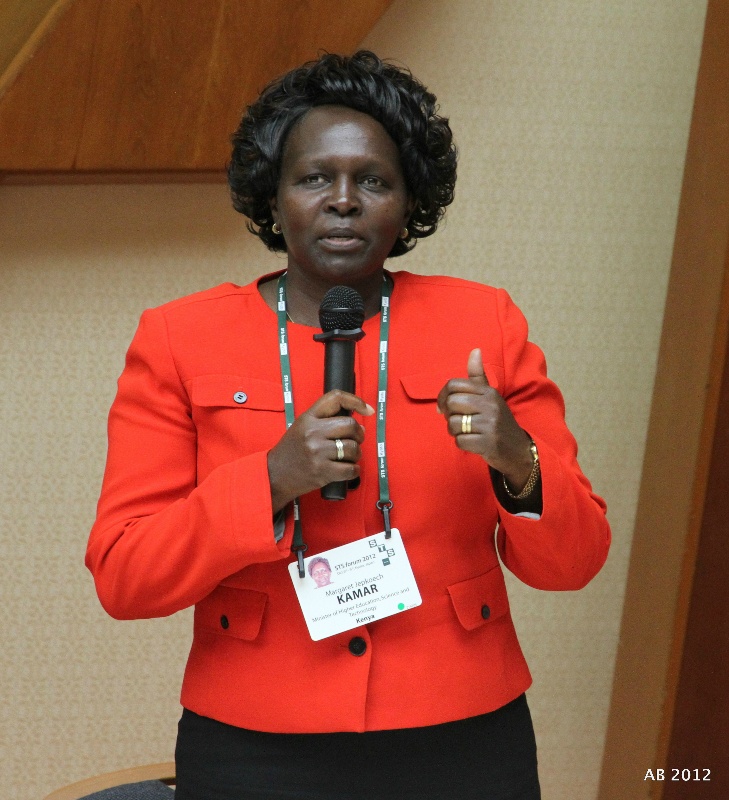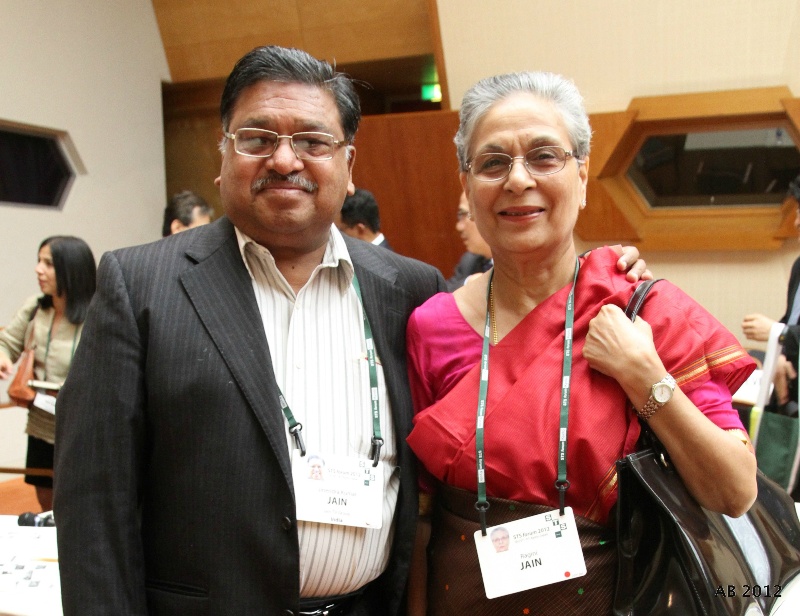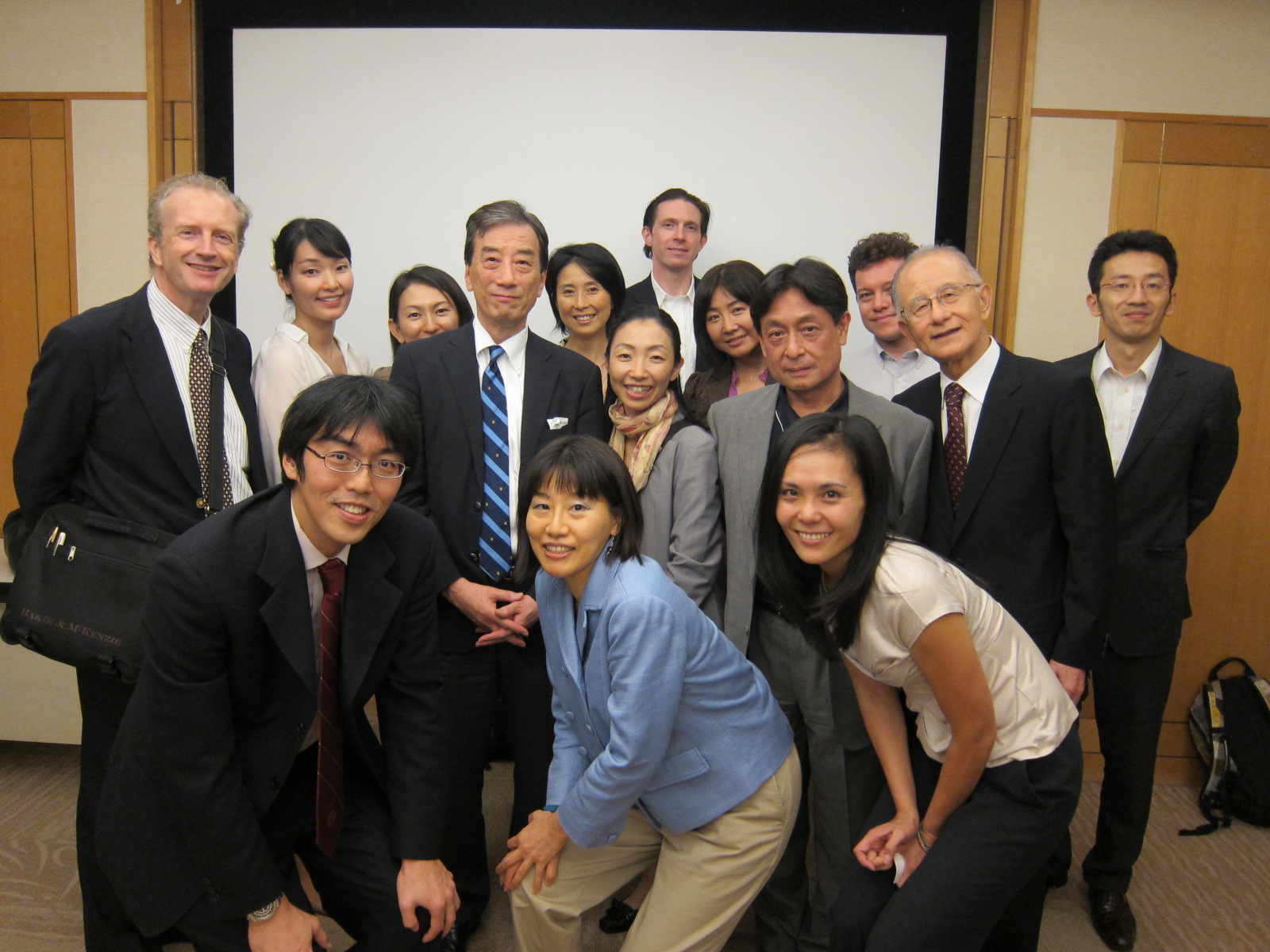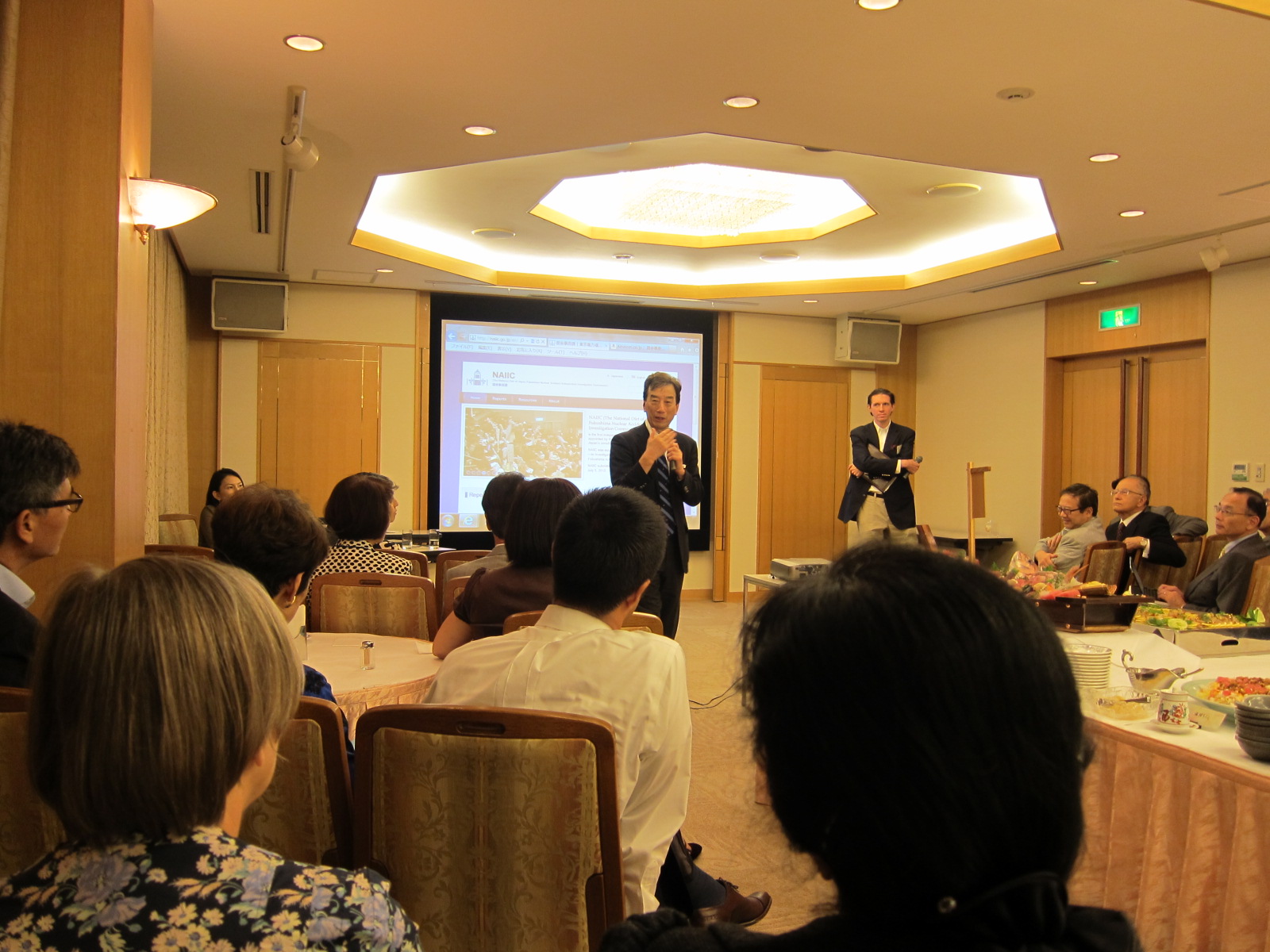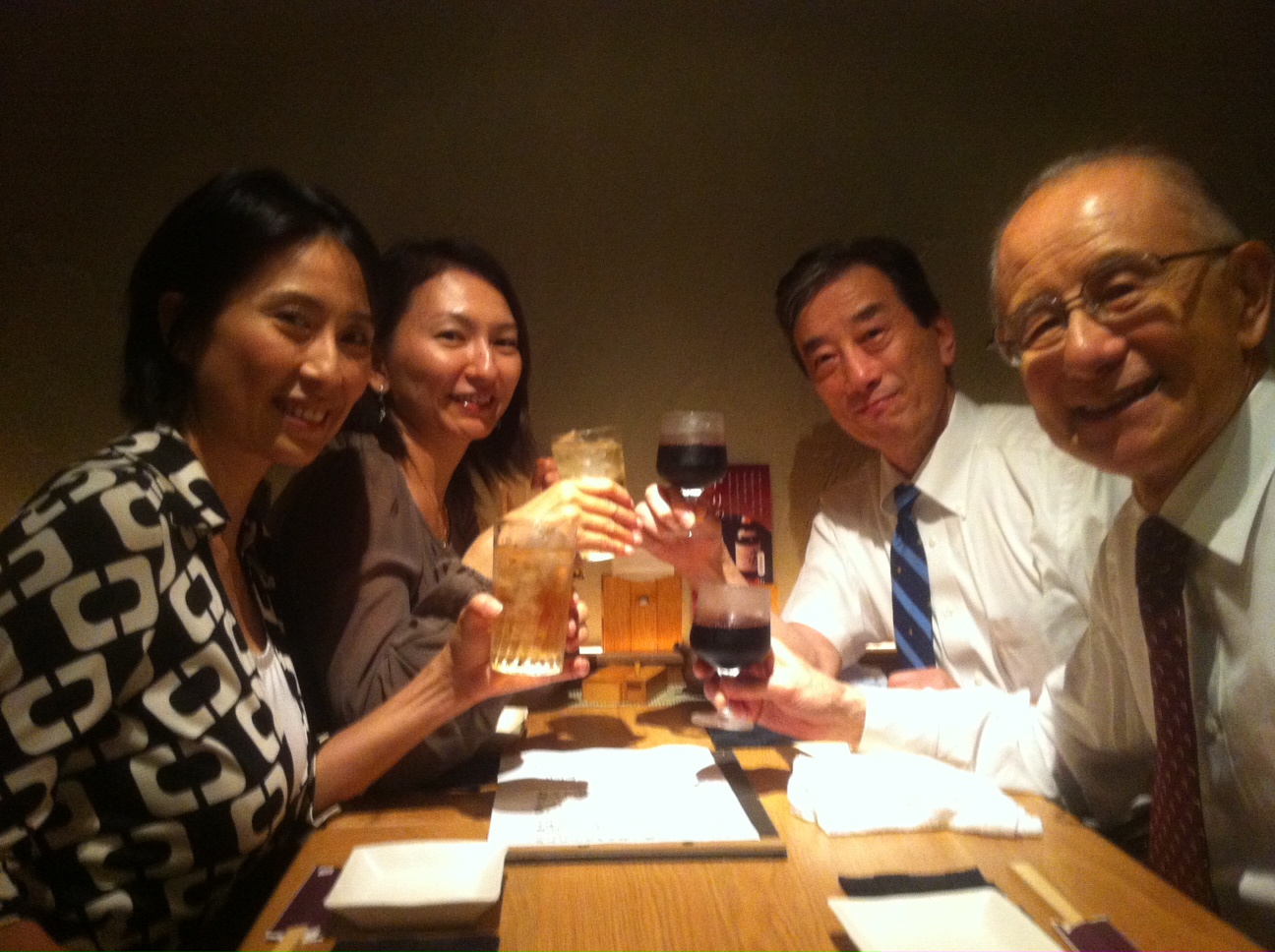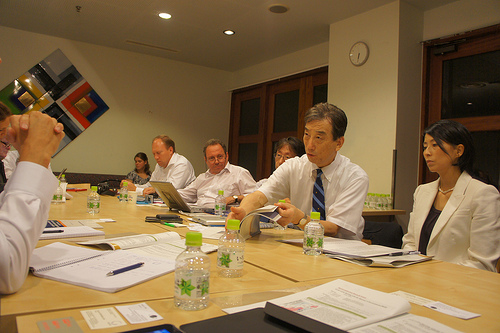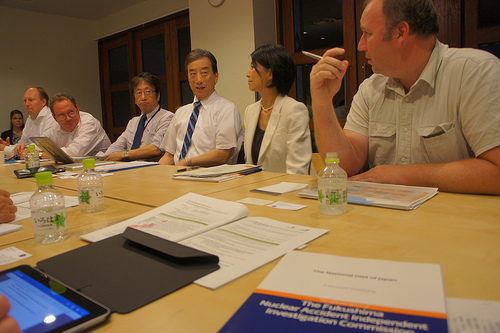The days are flying by and the staff at NAIIC are busy with closing down the office.
As for me, I departed from Narita at 11:00 A.M. on the 15th and arrived in Washington D.C. at 1:30 P.M. on the 15th, after making a transfer at Chicago O’Hare Airport.
Upon arriving the airport, I went straight to the hotel for 30 minutes or so for check-in, then to the Center for Strategic and International Studies (CSIS). Here, we went straight to work preparing for the talk the following day and some events which are collaborating over last few years. Then, I went to see Dr. Richard Meserve of the Carnegie Institute, who gave us many insights at the fifth NAIIC Commission meeting, then National Academy of Sciences to see Dr. Norman Neureiter, chairman of the National Academy of Sciences’ panel on the Fukushima nuclear accident, and Dr. Kevin Crowley, who directed the panel. Mr. Tsugita of the Japanese Embassy, and Ohama of JST in Washington D, both of whom I have worked with in the past, also attended and were very helpful. In the evening, I was welcomed with a dinner at Mr. Tsugita’s home.
I was very pleased that the complete English version of the NAIIC report was uploaded on the web (eng, jpn) on this day. This team did an incredible job and the world was waiting for the report.
The next morning, I visited the U.S. Capitol (1). I gave a talk on the NAIIC report , hosted by the US-Japan Council and the National Bureau of Asian Research (NBR) (1). Honorable Norman Mineta, who served as a United States Secretary under both the Clinton and Bush administrations also attended, and I had the pleasure of meeting with him. The audience listened closely followed by a lively question and answer session and I believe we received a good response.
In the afternoon, I gave a talk at CSIS on the NAIIC report. As the venue was slightly small, the room was packed with people and additional seating was made outside the room. There were around 80-90 people. This talk (1) was reported on the NHK news in Japan.
I also visited the official residence of Ambassador Fujisaki, whose appointment will come to an end in three weeks. I would like to take my hat off to Ambassador Fujisaki, who was Ambassador in a turbulent time during which there were many unexpected events.
I spent the evening with young Americans who have experienced living in Japan through the JET Program. Getting more people to become fond of Japan through such ‘real experiences’ programs is key to building the foundation of good security relations.
It makes me very happy that the awareness of the NAIIC report, along with its background, objectives and purpose, is becoming more widespread both in Japan and abroad.
Next day, I received a ‘thank you’ email from the organizer as below. I felt good that my engagement was of help in promoting understanding of US and Japan.
Dear Kurokawa-sensei,
It was our great pleasure to host you at the Capitol Hill briefing on Tuesday on the findings of the Diet of Japan’s NAIIC report on Fukushima and a treat to moderate such an interesting and important exchange. We are deeply appreciative of your leadership and willingness to share your views on these findings with the Washington, D.C. policy community. It was a very powerful demonstration of the high standard of transparency that the Commission brought to the proceedings and your personal commitment to preventing future nuclear disasters.
We have received tremendous feedback on the discussion from those who attended and NBR, the U.S.-Japan Council, the Congressional Study Group on Japan, and the Senate Committee on Environment and Public Works were all honored to host you.
Thank you for your many contributions to global policy. We look forward to future opportunities and in the meantime, please let us know if there is anything we can do to support your work.
Best regards,
